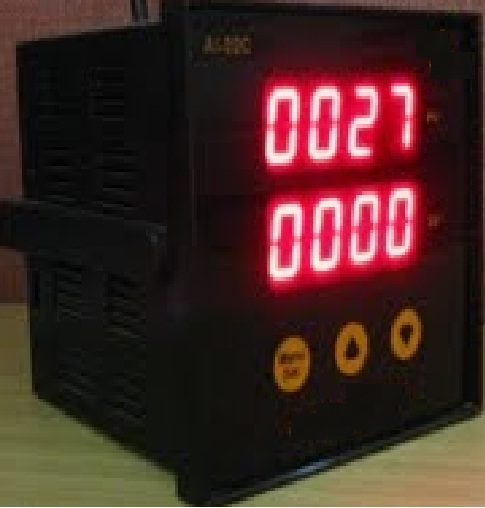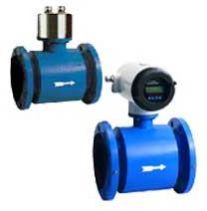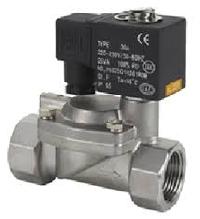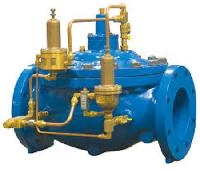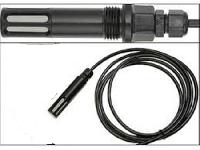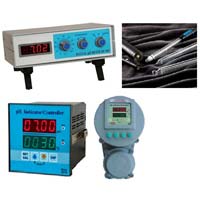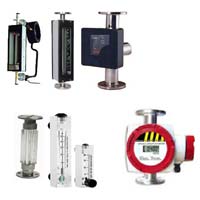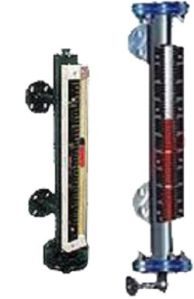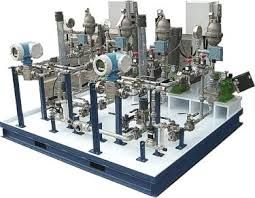| Business Type | Manufacturer, Exporter, Supplier |
| Material | Mild Steel |
| Color | Black |
| Application | Liquid Pressure, Measuring Gas |
| Click to view more | |
Product Details
Pressure controllers are electronic devices that automatically regulate pressure in a system. They function by using a pressure sensor to monitor the current pressure, comparing it to a set point, and then activating control mechanisms to maintain the desired pressure level. Here's a breakdown of their typical specifications:
General Specifications
· Pressure Range: The range of pressure the controller can regulate (similar to pressure transmitters, ranging from fractions of psi to thousands of psi).
· Control Output: This specifies how the controller influences pressure. Common outputs include:
o Analog Outputs (e.g., 4-20mA current loop, 0-10V voltage) to control variable speed drives, solenoid valves, etc.
o Digital Outputs (e.g., on/off relays) to activate pumps, compressors, or alarms.
· Set Point: The desired pressure level the controller will maintain.
Performance Specifications
· Accuracy: Expressed as a percentage of full scale (%FS) for both the pressure sensor and the control mechanism. Typical accuracy is around ±0.25%FS to ±1%FS.
· Proportional Band (Deadband): The range around the set point where the controller won't activate any control actions. A narrower band provides tighter control but can lead to more frequent cycling.
· Reset: The amount of time it takes for the controller output to reach its maximum or minimum value after a change in the measured pressure.
· Response Time: The time it takes for the controller to react to a pressure deviation from the set point (usually in milliseconds).
Additional Features
· Control Algorithm: Different algorithms are used for pressure control, each with its own advantages. Common types include:
o Proportional-Integral-Derivative (PID) control: Offers precise control but requires careful tuning.
o ON/OFF control: Simpler but can lead to pressure fluctuations.
· Display: Many controllers have a digital display showing the measured pressure, set point, and control output.
· Alarms: Some models can trigger alarms for high or low-pressure conditions.
· Communication Protocols (Optional): Advanced controllers may offer communication protocols (e.g., Modbus, HART) for remote monitoring and configuration.
· Power Supply: The voltage required to power the controller (typically 24VDC).
Factors to Consider When Selecting a Pressure Controller
· Pressure Range: Ensure the controller's range covers the desired pressure regulation range in your application.
· Control Output: Choose a controller with an output compatible with your control valves, pumps, or other actuators.
· Control Algorithm: Select an algorithm (PID, ON/OFF, etc.) that best suits your application's pressure control requirements.
· Accuracy: Consider the required accuracy level for your process.
· Additional Features: Choose features like alarms, communication protocols, or a display based on your needs.
By understanding these specifications and factors, you can select a pressure controller that effectively regulates pressure within your system and aligns with your application's specific requirements.
Looking for "Pressure Controllers" ?
Explore More Products


